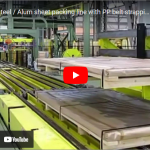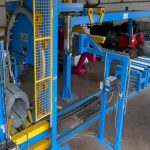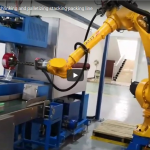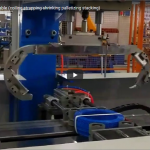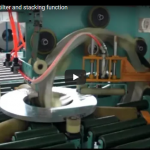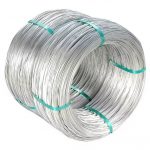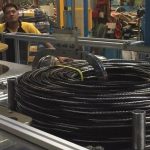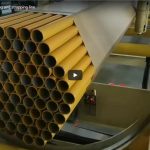Wire coil strapping wrapper from FHOPEPACK is a versatile and efficient solution for stacking and packing wire coils. It is designed to streamline the coil packaging process, offering excellent performance and reliability. With advanced technology and a user-friendly interface, it ensures optimal protection and stability for coils during transportation and storage.
Featuring a robust construction, the wire coil strapping wrapper can withstand heavy-duty operations. It effectively secures coils using high-quality strapping material, preventing potential damage or displacement. The machine’s automated functionality minimizes manual labor and reduces packaging time, thereby enhancing productivity.
FHOPEPACK’s wire coil strapping wrapper prioritizes safety by incorporating necessary precautions to protect operators and prevent accidents. It is also equipped with intelligent sensors and controls to maintain consistent and precise strapping tension.
